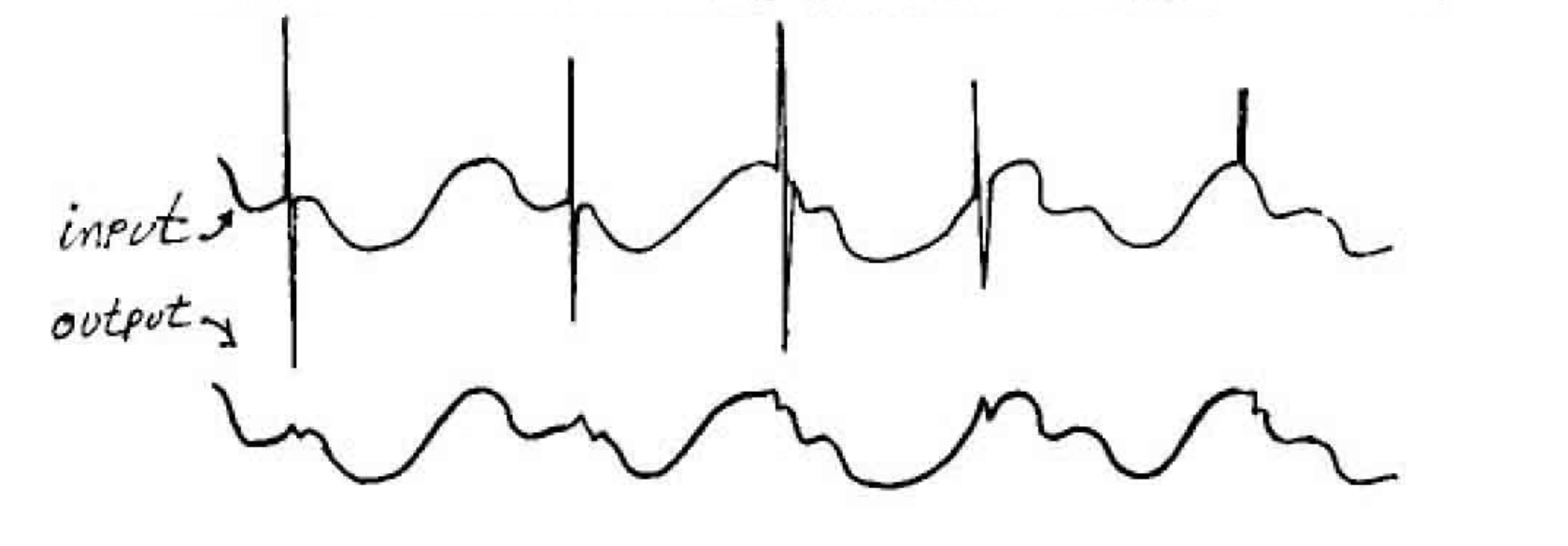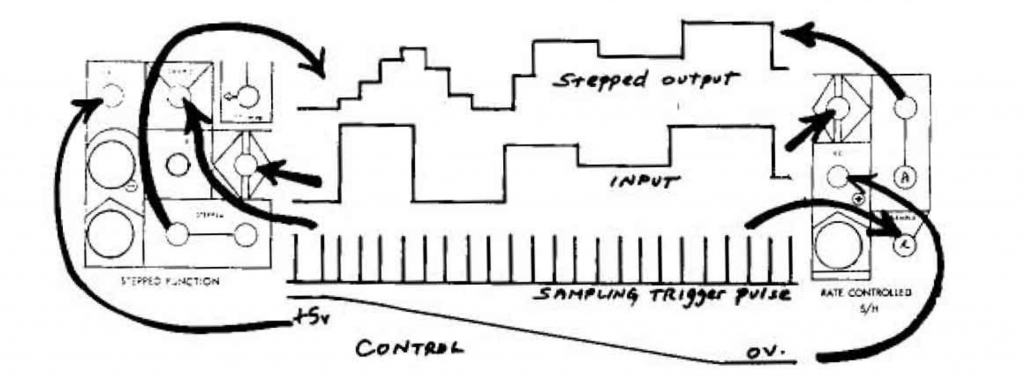
With the permission of Serge Tcherepnin we are relaunching the fabled paper face modular system from 1973. All functions and appearances remains the same as it did 44 years ago, staying true to the origin of Serge Modular Music Systems. The panel graphics has been carefully reproduced with all its amazing hieroglyphic properties. The old adhesive paper has been replaced by silkscreen print: the only improvement we’re willing to make. Even though the circuits are 40+ years old they still function and integrate perfectly with modern electronic music systems. Standard control voltages between 0-5V and triggers and gates within the same range, a remarkable feature given the evolution of electronics. A big plus with the Serge Modular Music System has always been its use of banana jacks and keeping both audio and control voltages at the same level, making it possible to interchange the different signals seamlessly. A slew generator can be both an LFO, a low pass filter and an oscillator and more thanks to this.
Welcome to patch programmability. Welcome to the people’s synthesizer.



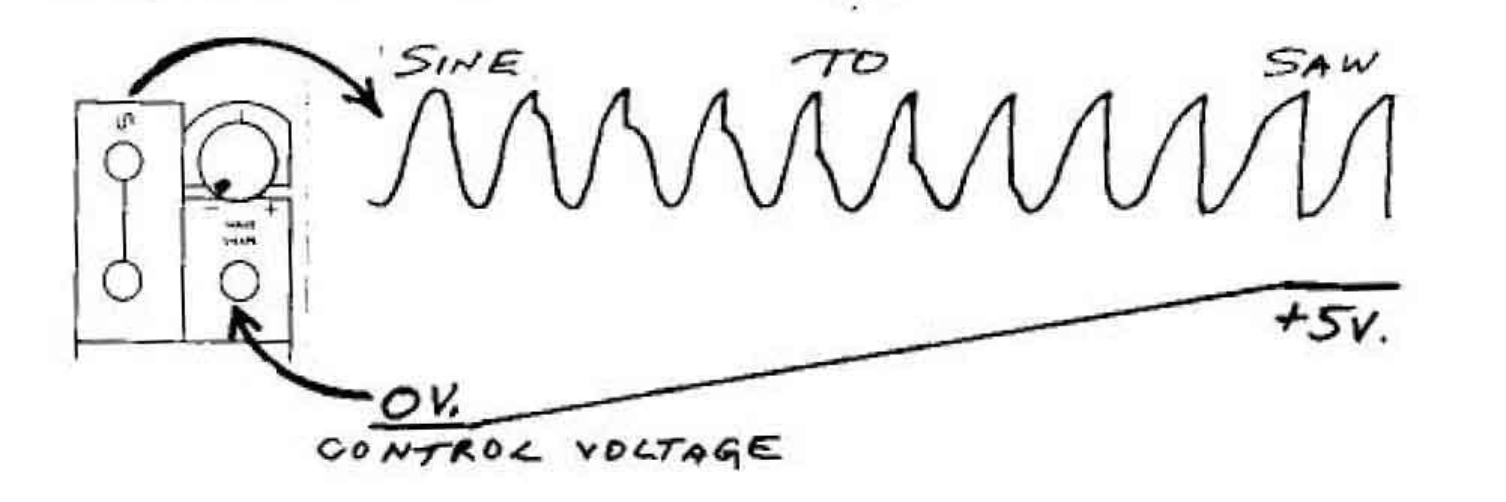
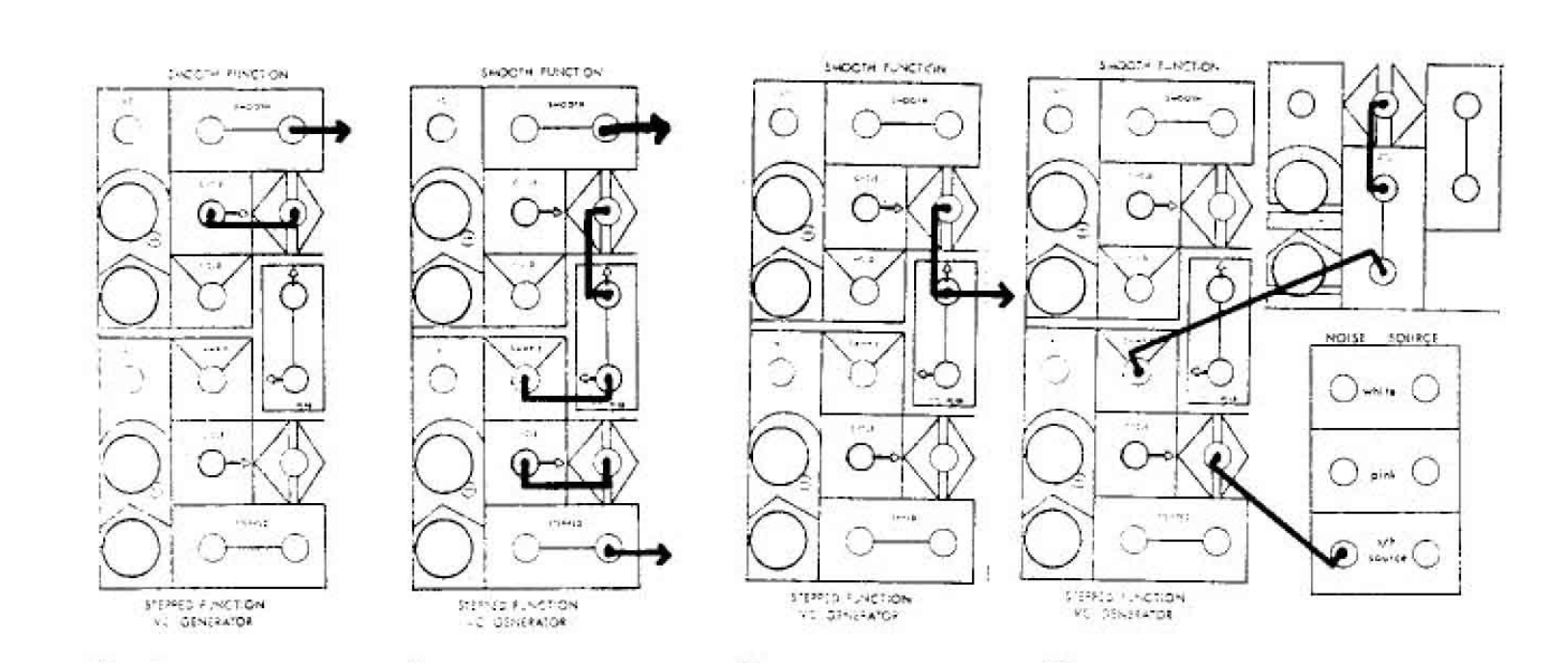
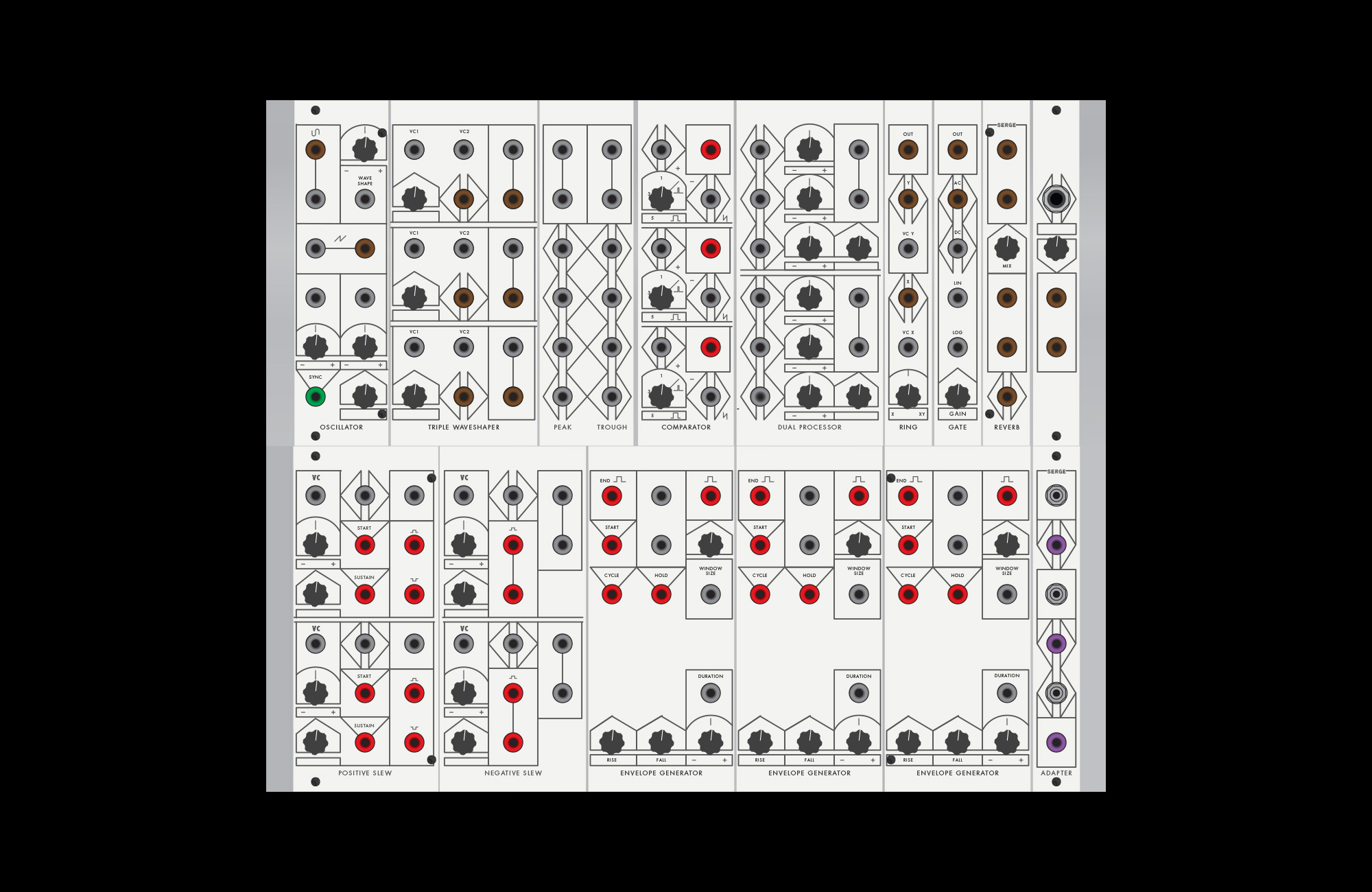 [/fullscreen]
[/fullscreen]